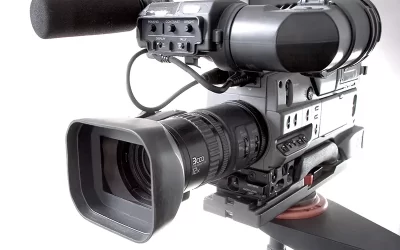When creating minutes during a meeting or training session, it may be difficult for you to know what not to include in the meeting minutes. To create effective minutes of your meeting, understanding what to and what not to include in it is important. There are reliable companies providing meeting transcription services that you can rely on in order to write effective meeting minutes. If you want to focus more on the meeting or think that errors can occur while you create minutes, you can depend on them to ensure the document is of high-quality and accurate.
Meeting Minutes Best Practices
Meeting minutes is the written record of whatever dialogues and decisions are made during the meeting. It remains as the historical record of board decisions. So, all the key points that are crucial for decision-making should be included, and the things that are not necessary should be avoided. That said, here are some essential dos and don’ts when taking meeting minutes:
- Do not Include Personal Comments: While creating meeting minutes, you should remember to stay professional and to provide a neutral, equitable view of the meeting. For the sake of making smart business decisions, it is essential to keep an objective stance. This is not the place or time to include your personal comments or opinions.
- Document the Meeting Minutes at the Earliest: Record your meetings as they are happening. Doing so will help you document everything accurately and appropriately. When you wait longer, the accuracy will be reduced. If possible, type during the meeting, or immediately after the meeting when everything is still fresh in your mind.
- Be careful about using Legal Language or terms unless it is Necessary: While writing meeting minutes, it is important not to use fancy legal language or terms unless it is required, especially if you are not a trained lawyer who actually knows what it means. So, leave that to the lawyers.
- Don’t try to Summarize a Number of Opinions: If there are lots of opinions coming forth, there is no need to summarize all of them. You have to summarize only the board’s conclusion or decision. It is OK to mention that there were opposing points of view, but do not record the minutes in a way that favors one side or the other.
- When drafting, do not vary the Document Style: When drafting minutes, do not change the style, tone, format or the level of detail from meeting to meeting. You should also avoid using acronyms, abbreviations, or trendy jargon except when it is obvious to others what it means. If such a thing is necessary for the substance of the meeting, include it with an explanation. Try avoiding adverbs, descriptive adjectives, and words that convey emotions and always stick to the facts.
- Do not make Spelling or Grammar Mistakes: To ensure that your meeting minutes are flawless, double-check your spelling and grammar. It would be embarrassing if a judge couldn’t understand your meeting minutes because of lots of misspelled words and sentence fragments.
- Do not Switch Tenses Throughout the Meeting: While recording meeting minutes, a little-known mistake is switching tenses. These mistakes confuse the minutes and disturb the flow. Therefore, you have to stick to one tense, and that is past tense. It usually works well.
- Do not Attempt to Record Minutes for a Session in which you are an Active Participant: It is better to avoid recording minutes for a session in which you are an active participant; it is best to ask someone to take detailed notes on that particular session for you.
- Do not Postpone Writing minutes until right before the Next Meeting: Never wait to create meeting minutes until right before the next meeting. This is a disaster waiting to happen. When recording agreements reached and resolutions undertaken, remember to consider the deadlines you might activate if you call something an approval rather than a discussion.
- Make your Minutes Logically instead of Chronologically: It is okay if you make your minutes in chronological order, but the best practice is to write meeting minutes that are organized in a logical way. For instance, at several points in the meeting, you may discuss a newly developed product, and it is best to include all of the related decisions or actions in one section.
Meetings play a vital role in business management and communication. It is proof of how and why an organization came to certain decisions. So, it is important to note every essential detail in it. Creating minutes of a meeting with a large number of participants may be difficult for you. Therefore, hiring a well-established meeting transcription service can help you focus more on your meetings, avoid errors, and help maintain an accurate record of them.
Don’t let important meeting details go unnoticed!
Get a Free Trial on our reliable meeting transcription services!
Call (800) 670-2809




